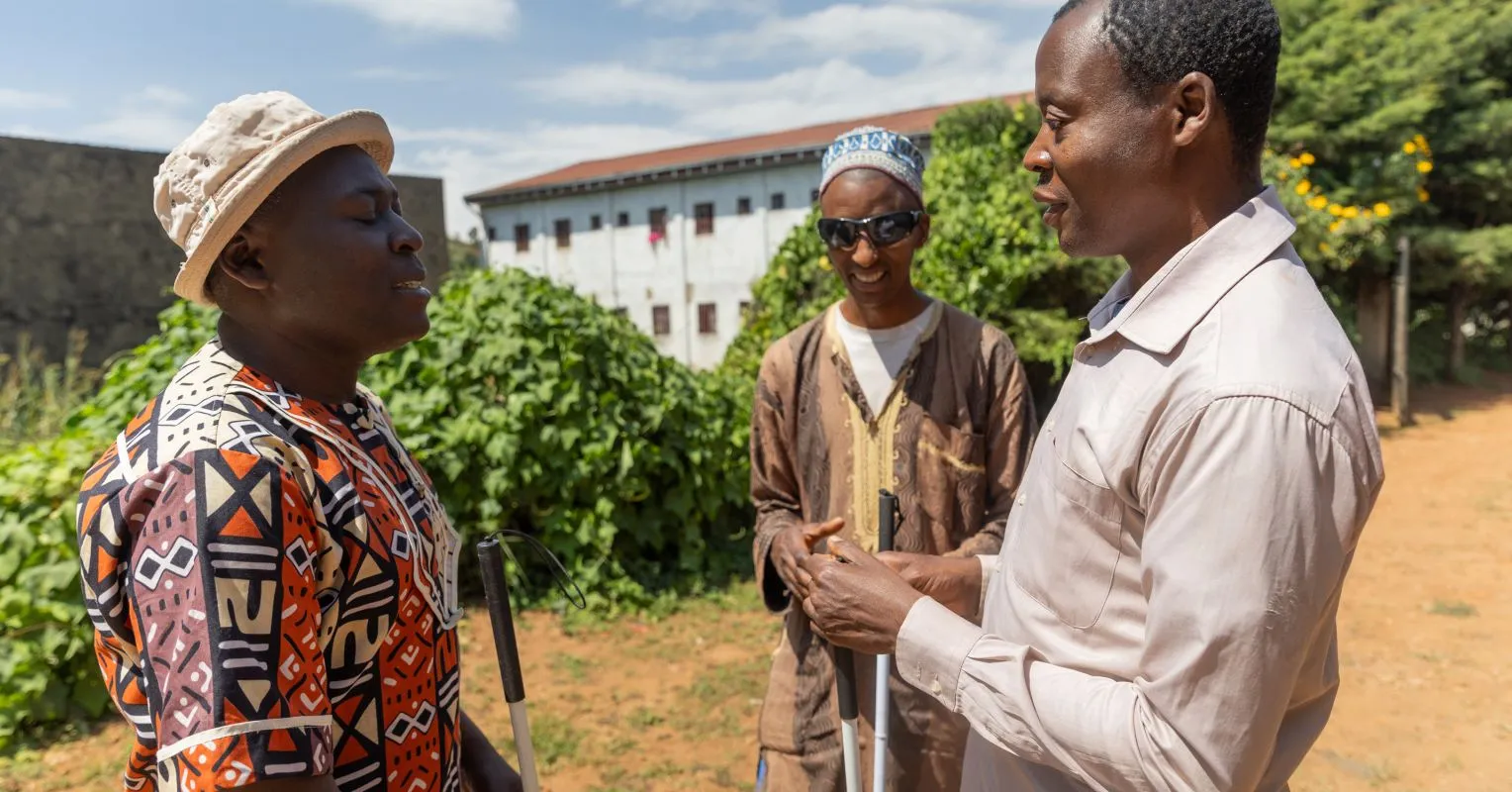Blindness and Low Vision's Impact on Nonverbal Communication

Exploring Nonverbal Communication Challenges
Blindness and low vision create significant hurdles in nonverbal communication. Without the ability to see facial expressions and gestures, individuals with visual impairments may find face-to-face interactions difficult. This article delves into how these communication barriers arise and what can be done to mitigate them.
Strategies for Effective Communication
- Utilizing verbal cues to clarify messages.
- Encouraging active listening in conversations.
- Implementing tactile communication methods.
Understanding the Importance of Inclusivity
Creating a more inclusive environment involves recognizing the challenges faced by those with visual impairments. By fostering understanding and implementing supportive communication practices, society can bridge the gap in interactions.
Disclaimer: The information provided on this site is for informational purposes only and is not intended as medical advice. We are not responsible for any actions taken based on the content of this site. Always consult a qualified healthcare provider for medical advice, diagnosis, and treatment. We source our news from reputable sources and provide links to the original articles. We do not endorse or assume responsibility for the accuracy of the information contained in external sources.
This article was prepared using information from open sources in accordance with the principles of Ethical Policy. The editorial team is not responsible for absolute accuracy, as it relies on data from the sources referenced.